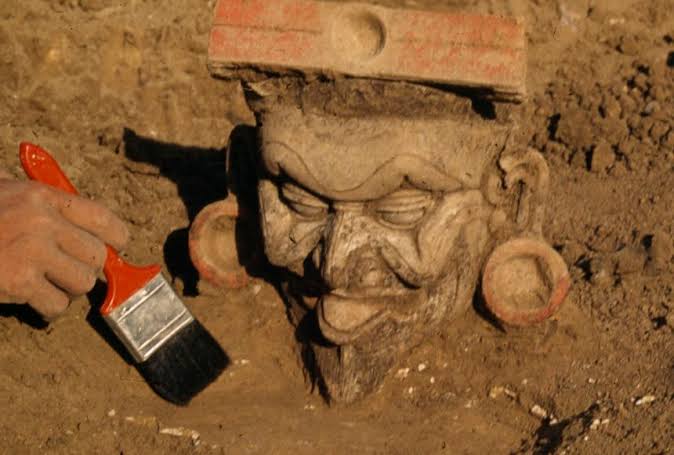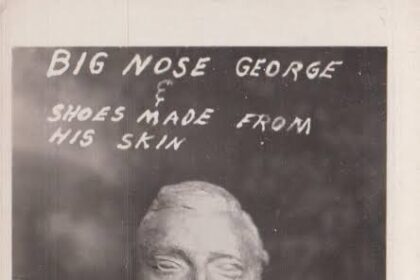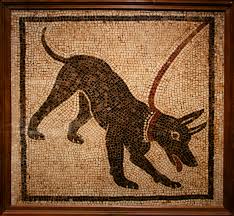The year 2023 was a treasure trove of archaeological discoveries, each piece adding a thrilling chapter to the ever-evolving story of humanity. From ancient tools that rewrite our understanding of early hominids to hidden chambers in the iconic Great Pyramid, these finds offer glimpses into the lives and ingenuity of our ancestors.
1. World’s Oldest Wood Structure: A Monument to Early Ingenuity
Imagine a structure built not of stone, but of wood, crafted by hominids over 476,000 years ago. This is the reality unearthed in Zambia, where the Kalambo structure stands as a testament to the resourcefulness of early humans. This discovery pushes back the timeline of complex tool use and suggests a more settled lifestyle than previously thought for our ancient ancestors.
2. Arrowheads from the Past:
A cave in France yielded a surprise – the oldest arrowheads ever found outside Africa, dating back 54,000 years. These silent hunters, wielded by early modern humans, mark a significant shift in hunting strategies and potentially offer clues about the competitive edge they might have held over Neanderthals.
3. Ancient Symbols:
Beyond the iconic cave paintings, Europe’s prehistoric walls hold another secret – a network of symbols dating back over 40,000 years. Archaeologists are now deciphering these marks, revealing a potential early form of writing. Imagine calendars tracking animal breeding seasons, etched onto cave walls – a glimpse into the minds of our Neolithic ancestors.
- Claude Sonnet 4.5: Anthropic Launches the World’s Best Coding Model With Breakthrough Agent Capabilities
- Microsoft Copilot Free Deal for Students: 12 Months of Copilot + Microsoft 365 Personal
- Adobe Audition: A Sound Sculpting Powerhouse for Audio Aficionados
- Logic Pro: A Musician’s Playground
- Canva: Unleashing Your Inner Designer
4. Secrets of the Great Pyramid: A Hidden Chamber
The Great Pyramid of Giza, a monument shrouded in mystery, continues to surprise. In 2023, advanced technology revealed a hidden chamber above the main entrance. While its purpose remains enigmatic, it fuels speculation about additional hidden spaces and the true complexity of this ancient wonder.
5. A 4,500-Year-Old Palace
In Iraq, the ancient city of Girsu yielded a magnificent find – the Lord Palace of the Kings, a palace as old as the Great Pyramid. This discovery sheds light on the advanced civilization of the Sumerians, who built cities, invented writing, and shaped the legal landscape of Mesopotamia.
6. The Lijiaya Culture
China’s Qingjian region offered a glimpse into the Lijiaya culture through the discovery of high-status tombs and artifacts. From ornately decorated chariots to intricate jade pieces, these treasures reveal a sophisticated society and its connection to the Shang Dynasty.
7. Bronzed-Age Hallucinogens:
A hair sample from a Bronze Age tomb in Menorca revealed traces of potent hallucinogens. Offering a glimpse into ancient rituals and mind-altering practices. This discovery suggests the use of plants for spiritual journeys and opens up new avenues for understanding the beliefs of this ancient civilization.
8. Faces from the Past: The Tartessian People
Stone busts from southern Spain, dating back 500 BC, offer the first human representations of the ancient Tartessian people. These intricate carvings, depicting goddesses and warriors, provide valuable insights into their culture, art, and religious beliefs.
9. Roman Empire’s Hidden Forts: Cold War Tech Reveals Ancient Trade Network
Declassified satellite imagery revealed a network of 396 previously unknown Roman forts in the Syrian and Iraqi deserts. These forts, rather than serving as defensive outposts, are believed to have facilitated trade along ancient routes, offering safe passage and support for travelers and merchants.
10. A Lost Scottish Monastery Found: Home to the Earliest Scots Gaelic
The Monastery of Deer, a long-lost birthplace of early Scots Gaelic writing, has been archaeological rediscovered in Scotland. This finding sheds light on the development of the language and offers a tangible connection to the monks who penned the first Gaelic texts.
Bonus: A Maritime Tragedy Remembered: The SS Montevideo Maru
While not strictly an archaeological discovery, the 2023 location of the WWII shipwreck SS Montevideo Maru holds historical significance. This sunken vessel, a final resting place for over 1,100 souls, serves as a poignant reminder of the human cost of war and the enduring legacy of those lost at sea.
These discoveries are just a few drops in the vast ocean of history waiting to be explored. Each piece, from ancient tools to hidden chambers remind us of the ingenuity, resilience, and creativity of our ancestors. As archaeological research continues, we can expect even more.

















